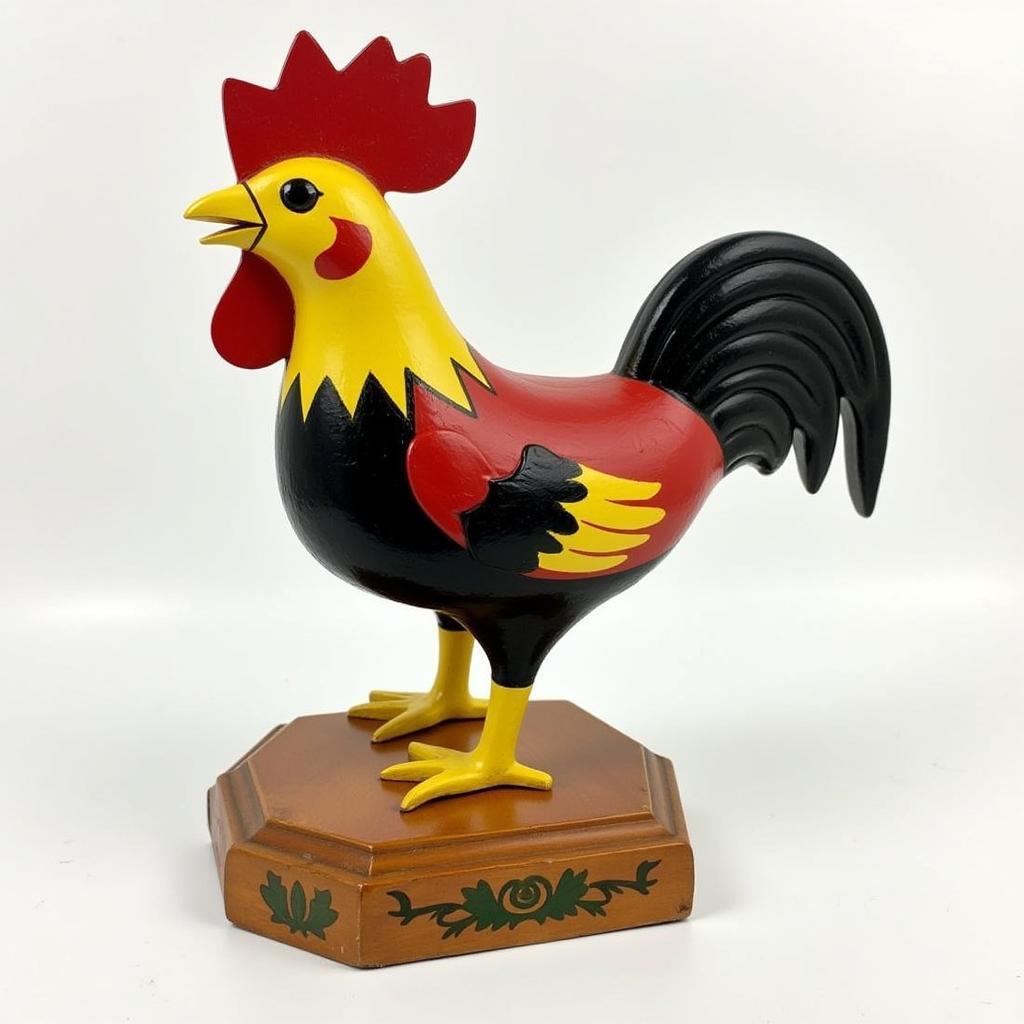Art Sizes on Wall: Finding the Perfect Fit for Your Space
Choosing the right size artwork for your walls can significantly impact the overall aesthetic and visual harmony of your space. Understanding the factors that determine the optimal art size for your wall is crucial to achieving a balanced and visually pleasing result. This guide will delve into the art of selecting the perfect art sizes for your walls, considering various aspects to ensure your artwork truly shines.
Understanding Scale and Proportion
The most important factor in determining the right art size is the scale and proportion of the artwork in relation to the wall space. You want to strike a balance between a piece that is too small and easily overlooked and one that overpowers the room.
Rule of Thirds and Golden Ratio
The Rule of Thirds and Golden Ratio are principles used in composition and design. Applying these principles to art sizing helps to create visually appealing arrangements.
The Rule of Thirds suggests dividing your wall space into thirds, both horizontally and vertically. The ideal placement for your artwork is at the intersection points of these lines.
The Golden Ratio (approximately 1:1.618) is another harmonious mathematical principle used in design and art. When applied to wall art, the Golden Ratio helps to create a visually pleasing arrangement, enhancing the overall aesthetic appeal of the space.
Considering the Wall Dimensions
To determine the appropriate art size, measure the width and height of the wall you intend to adorn. A general rule of thumb is to choose artwork that is roughly 60% to 75% of the width of the wall space.
However, this is just a starting point. For a more personalized approach, consider the following:
- Tall Walls: Opt for taller artwork or a vertical arrangement of smaller pieces to create a sense of height and elegance.
- Wide Walls: Choose wider artwork or a horizontal arrangement of smaller pieces to create a sense of balance and visual interest.
- Small Walls: Select artwork that is slightly larger than the wall space to prevent it from appearing overwhelmed.
Factors to Consider When Choosing Art Sizes
Beyond the wall dimensions, several other factors influence the best art size:
1. Furniture and Other Elements:
- Focal Point: Determine the focal point of your room. For example, a fireplace or a sofa. Your artwork should complement the focal point and enhance its presence.
- Furniture Size: Ensure the art size doesn’t clash with the size of your furniture. A large piece of art might overwhelm a small sofa, while a tiny piece can get lost behind a large bookcase.
- Existing Decor: Consider the size and style of other decorative elements in the room, like lamps, mirrors, or shelves. Choose art sizes that create a cohesive and visually appealing arrangement.
2. Art Style and Subject:
- Abstract vs. Realistic: Abstract art tends to work well in larger sizes, creating a bold and impactful statement. Realistic artwork, especially portraits or landscapes, often look best in smaller to medium sizes.
- Framing: The frame can add significant weight and visual interest to the artwork. Consider the frame thickness and design when determining the overall size of the piece.
- Composition: Analyze the artwork’s composition. If it features intricate details or a complex scene, a larger size might be necessary to appreciate its intricacies fully.
3. Personal Preference and Space Use:
Ultimately, the best art size is subjective and depends on your personal preference and the overall aesthetic you want to achieve. Consider the following:
- Personal Taste: Do you prefer bold statements or more subtle accents?
- Space Function: Will the artwork be in a high-traffic area or a quiet corner? Choosing appropriate sizes and styles that complement the space’s function is crucial.
- Mood and Ambience: Consider the mood and ambience you want to create. Larger artwork can create a more dramatic and impactful atmosphere, while smaller pieces can contribute to a more intimate and cozy feel.
How to Visualize Different Art Sizes on Your Walls
Visualizing different art sizes before making a purchase is essential to avoid disappointments. Several methods can help you achieve this:
- Online Tools: Use online art size calculators or apps that allow you to upload a picture of your wall and experiment with different artwork dimensions.
- Mock-ups: Create paper templates of potential artwork sizes and tape them to your wall to get a visual idea of how they will look.
- Visit Art Galleries: Visit art galleries and observe how various artwork sizes are displayed. You can get inspiration and a better understanding of how different sizes impact the overall aesthetic.
“Remember, the goal is to create a harmonious balance between the artwork, the wall space, and the overall ambiance of your room,” says renowned art consultant, Isabella Rossi.
Frequently Asked Questions
Q: Is it better to go bigger or smaller with artwork?
A: The optimal size depends on the wall space, the artwork style, and personal preference. In general, a slightly larger size than expected often creates a more impactful and balanced visual effect.
Q: What are the pros and cons of using a large piece of art?
A: Pros: Large pieces can create a bold statement, draw attention, and make a space feel more spacious.
Cons: Large artwork can overwhelm a small room, making it feel cramped. It can also be difficult to find a suitable frame for a large piece.
Q: Can I hang multiple smaller pieces of artwork together?
A: Absolutely! Grouping smaller pieces can create a visually stimulating and dynamic arrangement. Consider using a gallery wall or grid pattern for a cohesive and eye-catching display.
Q: What are some resources for finding art sizes that work well together?
A: Online art galleries, interior design websites, and art blogs often provide helpful resources on art size ratios and display suggestions.
Q: How do I determine the placement of my artwork on the wall?
A: Center the artwork at eye level, approximately 57-60 inches from the floor. Consider the focal point of the room and the surrounding furniture when making the final placement decision.
Choosing the Right Art Size for Your Walls: A Summary
Finding the perfect art size for your walls involves careful consideration of several factors, including wall dimensions, furniture size, art style, and personal preference. By understanding these elements and using the tips and resources discussed in this guide, you can create a visually harmonious and inspiring space.
Remember, choosing the right art size is an art in itself, and with a little experimentation and creative vision, you can transform your walls into captivating art displays.

